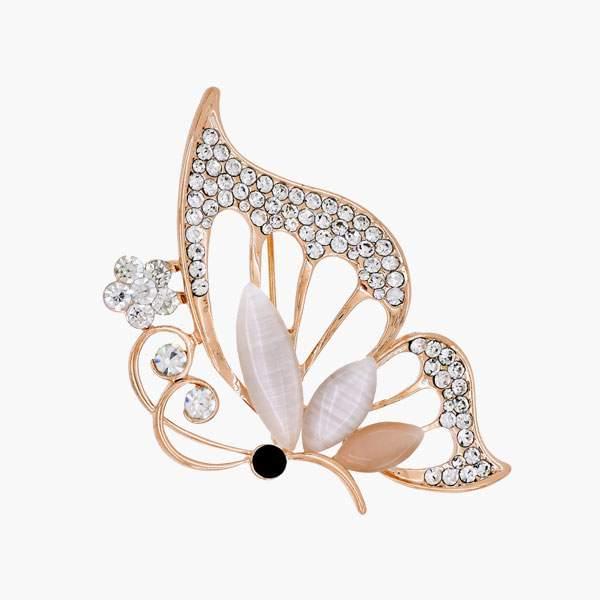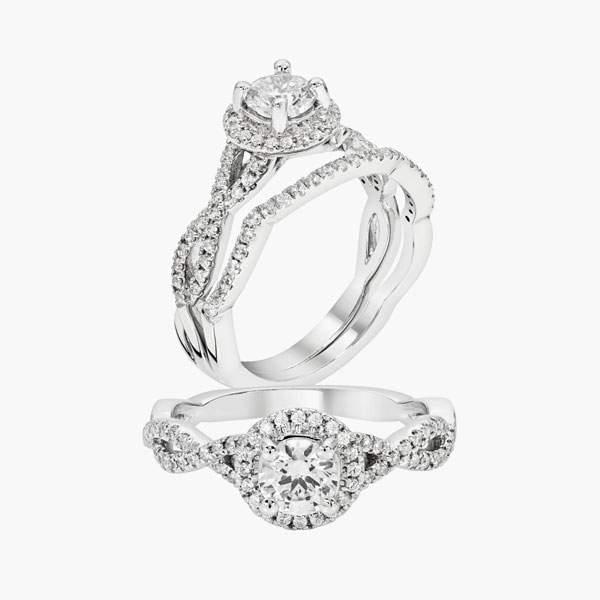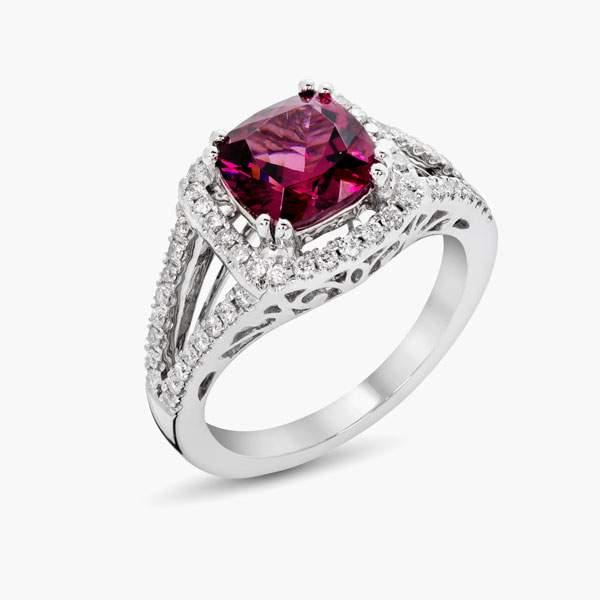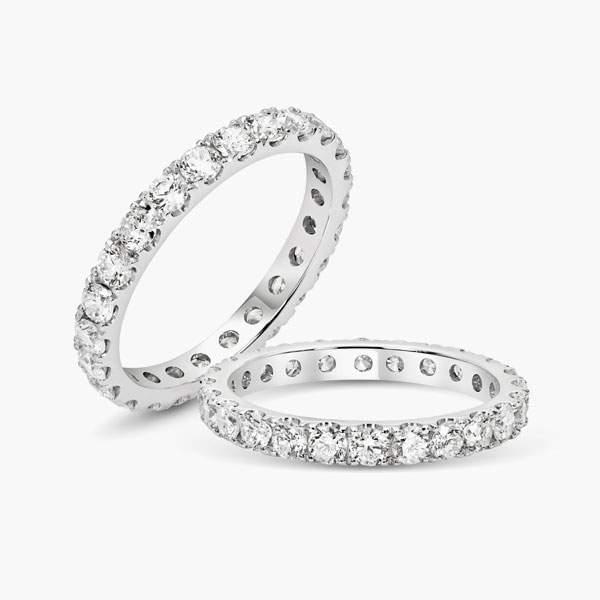-
Dozen White Botanical Linen Dinner Napkins
1 × $100.00
-
Dozen White Botanical Linen Dinner Napkins
1 × $80.00
- sub-total $300.00
- Eco Tax (-2.00) $10.00
- VAT (20%) $60.00
- total $370.00





Pearls are organic gem, made of Calcium Carbonate. Pearl is called ‘Moti’ or ‘Mukta’ in Hindi. Pearls occur in wide variety of Colours. Pearls can be Natural or Cultured. The most popular colour is White, Cream and Black, but the palette of colour extends to every possible hue. Pearls can be Pink, Golden or Green too. Natural pearls are rear and form in the bodies, or mantle tissue, of certain mollusks, usually around a microscopic irritant without human intervention of any kind. The growth of cultured pearls requires human intervention and care. Cultured pearls are the result of the deliberate insertion of a bead or piece of tissue which acts as an ‘irritant’. The mollusk coats this irritant with nacre and a Pearl is formed. Natural pearls can be separated from cultured pearls by taking X-rays to reveal their inner structures. Basra is among the oldest and rarest pearls. Currently, South Sea Pearls from Australia, Keshi Pearls from Japan and Tahitian Pearls are most popular due to affordability & availability.
Fossils are the remains or traces of ancient life that have been preserved by natural processes, from spectacular skeletons to tiny sea shells. Imprints, tracks and trails can also become fossilised, like dinosaur footprints or worm burrows. These are called trace fossils. By studying the remains of life and the traces it left behind we can learn a lot about how animals and plants lived and behaved millions of years ago. Coral, Amber, Agate, Jasper, Petrified Wood, etc. are most commonly used fossils.
1 × $100.00
1 × $80.00